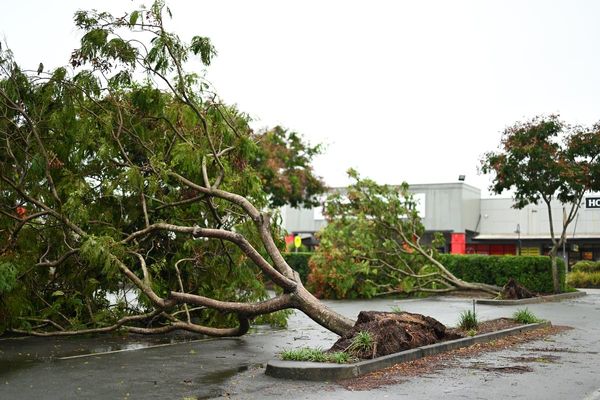
Federal authorities have admitted they have “little information” about the extent of pesticide residues in Australian food or their potential environmental damage, a document seen by the Guardian shows.
The Department of Agriculture, Fisheries and Forestry called for tenders in May this year for a study to identify the gaps in Australia’s data collection on pesticides.
The advertisement, published on Austender in May, says: “There is little data currently available to the department regarding human health or environmental fate of [agricultural and veterinary] chemicals in Australia in ‘field’ conditions.”
The advertisement goes on: “Similarly, the department has little information about the presence of agvet chemicals in treated produce sold domestically within Australia.”
Australia’s regulation of agricultural and veterinary chemicals used in the production of food came under the spotlight this year in a UK parliamentary inquiry examining the UK-Australia free trade agreement.
Environmental groups expressed alarm that Australia permits the use of 70 agricultural chemicals banned or withdrawn from use in Europe because of concerns about their impact on health or the environment. Many have been banned for years.
In its report, the parliamentary committee noted the concerns of UK agri-food producers that the agreement increases UK market access for food produced in ways that would be illegal in Britain, making for unfair competition.
It called on the UK government to monitor the adverse consequences that may stem from Australian pesticide use for both growers and consumers.
The free trade agreement, which has been signed, is expected to be ratified shortly by both parliaments.
But if Australia is asked to produce data on pesticide residues in Australian-grown food crops or their impact on the environment, it will likely struggle.
The tender documents says: “The paucity of available ‘field’ data poses risks to the Australian government in both policy development and in international fora, when discussing the integrity and effectiveness of the Australian regulatory system.
“This procurement aims to map all current sources of data on agvet chemical use in Australia, such as state and territory, industry, or academic monitoring programs which could be leveraged to inform the department.
“This will allow us to determine if current data sources are sufficient to inform us about agvet chemical use in Australia. The mapping exercise will also allow the identification of any gaps where new data is needed.”
The agriculture department told Guardian Australia “there was no incident or specific concern that led to the tender”. It denied it was prompted by queries from the UK.
Rather, the department said it was looking for opportunities to use data on agricultural and veterinary chemicals in new ways, using new, data-driven technologies.
“The tender should not be taken to mean that there is no monitoring, or that monitoring is lacking. However, monitoring is often undertaken by these groups independently of one another, without national collaboration or consistent reporting practices.”
Guardian Australia attempted to test Australia’s reputation of being a clean and green food producer by seeking information from those who regulate pesticides and food.
While there is regular and random testing of meat for export under the National Residue Survey run by the agriculture department, only a handful of fruit and vegetables destined for export are tested: apples, pears, macadamias and almonds. Grains for export are also tested, including wheat, canola, chickpeas and barley.
In 2020-2021 there was a sharp jump in the number of fruit samples exceeding maximum pesticide residues, with 7.1 % of pears and 3.7% of apples over the legal limit for pesticide residues.
The last comprehensive survey of pesticide residues in Australian food for domestic sale by Food Standards Australia and New Zealand was published in 2019, using samples collected in 2013 and 2014.
FSANZ detected a number of instances of pesticides over the maximum legal limit, and in the case of table grapes it found pesticides over the (much higher) safe daily intake level for children. That pesticide is now no longer able to be used on grapes.
The FSANZ survey provides only a snapshot in time. Ongoing monitoring falls mainly to the fruit and vegetable industry itself, through a self regulatory scheme called Freshtest. Most fresh produce is tested once a year as part of the growers’ food handling certification. The results are not available and exceedance is not always reported.
The contract to assess the adequacy of Australian pesticides data was awarded to Australian Environment Agency Pty Ltd with the report due at the end of October.







